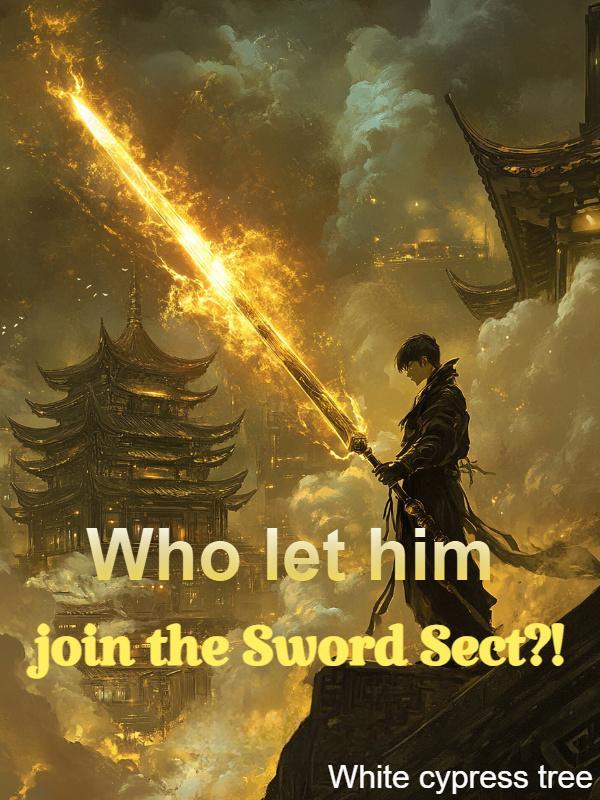©NovelBuddy
Video Game Tycoon in Tokyo-Chapter 937: This Is It
Chapter 937 - This Is It
While Assassin's Creed: Revelations was enjoying massive sales, Gamestar Electronic Entertainment also began development on the next-generation game console processor.
At present, there were five top-tier processor manufacturers in the world.
And with a product that could have a five-year lifespan and sell over 100 million units, no chipmaker would pass up the opportunity to compete for such a contract.
Of course, this was still under wraps. Publicly, nothing had been announced.
Right now, each manufacturer was simply submitting their processors for testing by Gamestar's engineering and development department, which would eventually select the one most suitable for the company's new console.
Oh, and this time—it wouldn't be enough to just choose an integrated CPU-GPU chip.
Takayuki had a new requirement:
The participating companies must also design a brand-new AI computation processor.
AI computation had already begun taking shape in this world, and several companies did have experimental chips—but they hadn't been officially released yet and were only being tested internally.
Originally, these companies believed AI wouldn't become a mainstream industry so soon.
...
In this world, AI learning was actually slightly behind the one Takayuki came from—mainly because R&D had been focused in other directions, which led to rapid advances elsewhere.
However, once Takayuki proposed his idea, they eagerly submitted their AI chips for Gamestar's evaluation.
Winning a chip contract from Gamestar would mark a huge step toward mass production.
Because Revelations had made it clear: the demand for AI computation in gaming was about to explode.
There was now a clear divide between open-world games that used AI-driven story mechanics and those that didn't.
Surei Electronics and MicFort also rushed to push forward their own AI processor development, hoping to claim a slice of this growing gaming market—rather than letting Gamestar dominate it all.
Representatives from the chipmakers traveled from around the globe to Japan to speak with Gamestar's engineers and make their pitches.
"Ms. Airi Hayazawa, our latest AI computation processor is extremely powerful. It's already in active use in our internal server farms and handles enormous volumes of intelligent computation daily. I can guarantee our product is the most stable."
Airi Hayazawa and several engineers flipped through stacks of product catalogs from various chipmakers, each one detailing their respective processor's performance.
They didn't respond immediately—listening while carefully reading the specs.
"Ms. Hayazawa, please review our product as well. We're even willing to offer discounts. If you commit to an initial order of over 30 million units, we'll cut the price by 5%."
"We can also..."
"And we..."
This stage was just a preliminary evaluation—an initial screening to select two or three promising processors for internal testing.
Visit fгee𝑤ebɳoveɭ.cøm for the best novel reading experi𝒆nce.
According to Gamestar's roadmap, the new console was scheduled to launch in three years:
Year 1: chip selection and screening
Year 2: hardware and system development
Year 3: announcement and mass production
After reviewing all the submissions, Airi thanked everyone and dismissed them, saying the final decision would be made after an internal meeting.
That afternoon, she pulled Takayuki out of his game production oversight and into a meeting room, along with a few department heads and senior executives, to discuss the new console design.
"Takayuki, we've narrowed the selection down to three chipsets. Based on initial pricing, a full bundle—CPU, GPU, and AI processor—would cost between $230 and $270 per unit."
The engineering team handed Takayuki a report summarizing the three finalists.
"Which one's the best?" he asked.
"The one from FlyCore Technologies in the U.S.," Airi replied. "It's the most powerful but also the most expensive—$270 per unit, non-negotiable. That's their lowest possible price."
Takayuki studied the product on the screen.
This chip bundle boasted seamless integration between all three processors and used proprietary high-speed data transfer technology. In performance benchmarks, it outpaced the other two options by around 10%.
Of course, there was a catch: its power spikes were intense, which meant the console would require a high-quality power supply to avoid damaging the circuitry.
Engineering could mitigate the issue, but not completely eliminate it.
At $270 per unit just for the core processors, the total build cost of the console would be close to $500.
Clearly, the next generation had truly arrived.
The days of $299 or $399 consoles were over.
Fortunately, Takayuki had pushed hard for using flash memory-based game storage.
By now, it had completely surpassed optical discs in both cost and read speed. Without that, the build cost would've been even higher.
"Alright," Takayuki said. "Let's go with this processor."
He didn't hesitate much.
"You're not going to compare the others first?" Airi asked.
"No need. I want top-tier performance this time. Let's give the players a truly excellent product. We'll make up the losses later when the chip price drops over time."
"So... you're planning to sell the console at a loss at launch?"
"Only in the first year. But not too much—let's price it at $449."
At that price, every unit would sell at a $50 loss.
That's roughly the price of one popular game.
If they sold 30 million consoles in the first year, it would be like sacrificing 30 million game sales.
The finance execs winced at the math.
But Takayuki didn't care.
That kind of loss could easily be recovered from software sales. Hardware was always in service of the software.
He pushed AI to make games better. He backed advanced GPUs to make them more immersive.
Without the development of video games as motivation, Takayuki would never have bothered with hardware at all.




![Read The Royal Military Academy's Impostor Owns a Dungeon [BL]](http://static.novelbuddy.com/images/the-royal-military-academys-impostor-owns-a-dungeon-bl.png)


